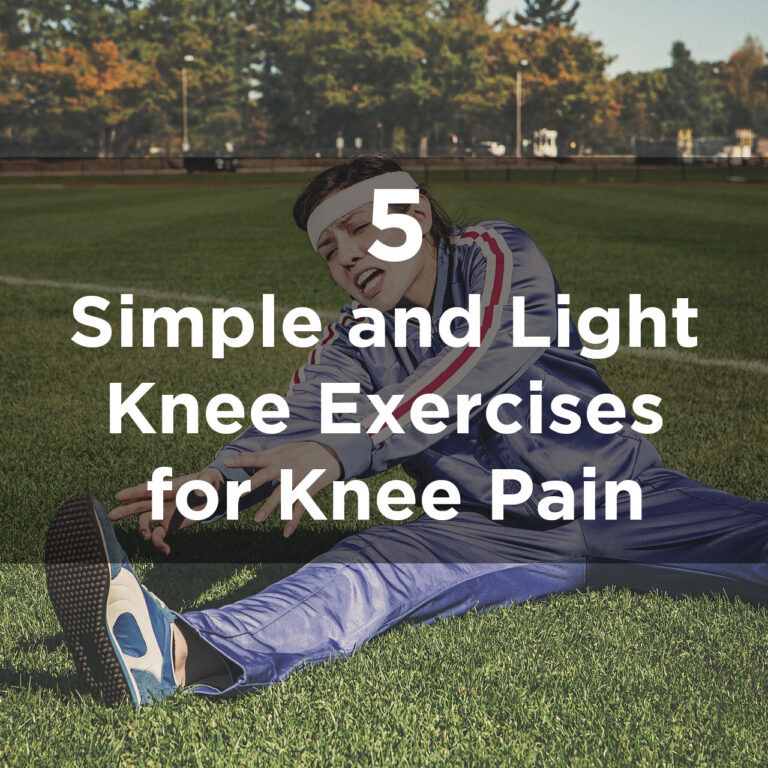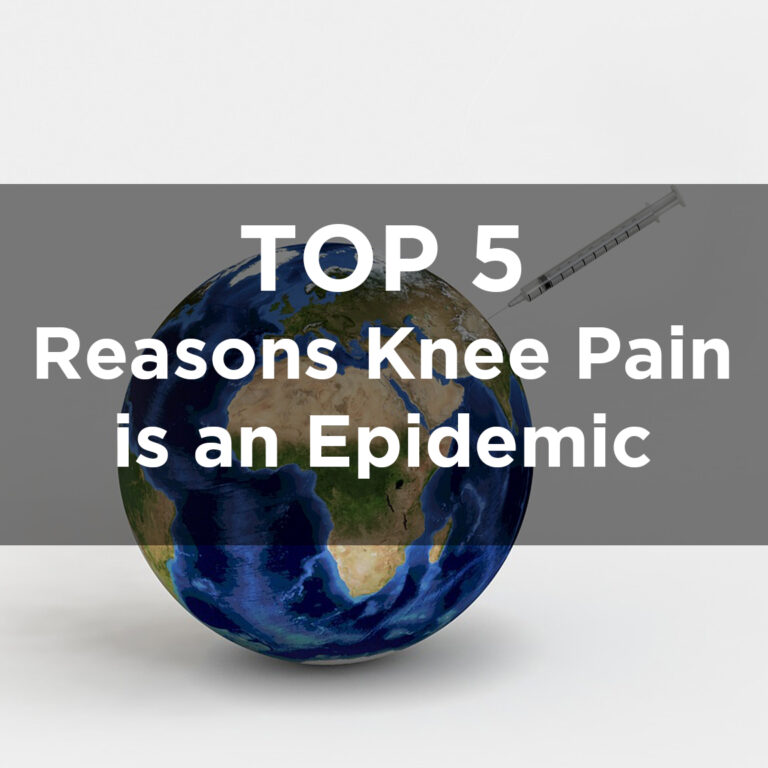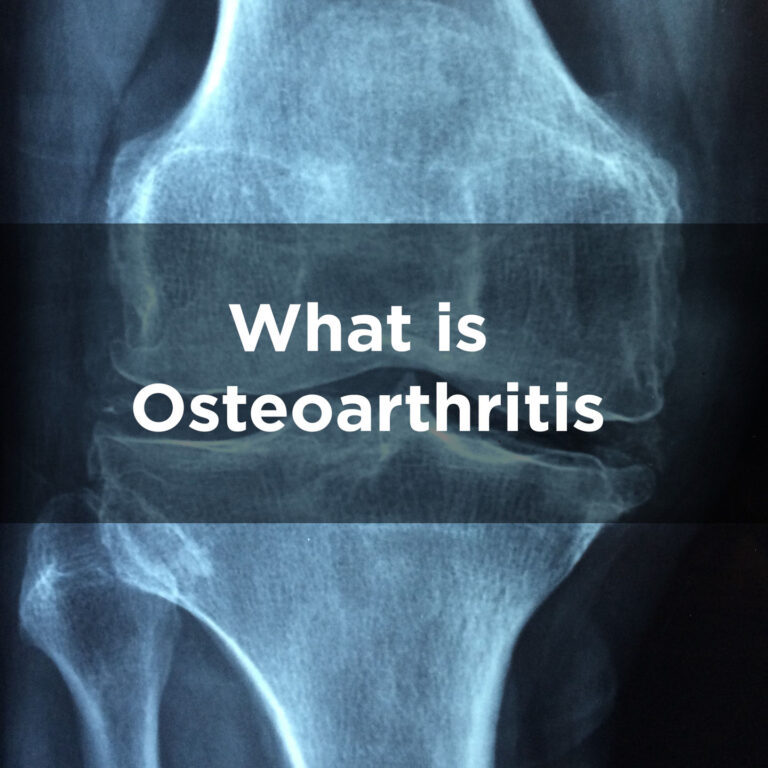Natural light from the Sun does not only contain visible light, but also light from a wide spectrum of wavelengths. When we go out on a sunny day, we absorb all of the sun’s rays to help stimulate metabolism and produce bone-strengthening vitamin D.
A large proportion of the sun’s energy is in the invisible spectrum. One of these is light in the Far Infrared band beyond what is visible to the naked eye. This is one of the most useful and effective bands of light available to us – yet it is not very well known.
Far infrared naturally produces warmth and can be helpful for enhancing blood circulation, reducing pain, strengthening the cardiovascular system, easing joint stiffness and inflammation, and revitalizing skin cells.
The healing properties of far infrared have been studied for over 30 years. Studies also demonstrate that far infrared helps enhance circulation in the skin, modulate sleep, ease pain, protect against oxidative stress, and relieve inflammation.
By isolating the far infrared from all of the sun’s rays in our product, we removed the harmful ultraviolet rays as well as an unnecessary waste of visible light energy. Far infrared is one of the safest and most useful segments of energy that comes from the Sun.
The KneelePad generates far infrared light that penetrates 2-3 inches into our skin and fat tissue and warms our tissue from within.
Here are the top effects of far infrared light:
- reduce tension and stress
- help the body remove toxins through perspiration
- improve lymphatic flow
- enhance circulation in the skin
- modulate sleep
- ease pain
- protect against oxidative stress
- relieve inflammation
- strengthening the cardiovascular system
- easing joint stiffness
- revitalizing skin cells
- boost the immune system
Medical publications on Far Infrared, if you wish to research:
1. Coll Antropol. 2008 Oct;32(Suppl 2):159-62.
2. Nutr Rev. 2008 Oct;66(10 Suppl 2):S182-94.
3. Can Fam Physician. 2006 Apr;52:422-31.
4. Sleep. 2000 May 1;23(Suppl 3):S77-85.
5. http://en.wikipedia.org/wiki/Infrared_radiation.
6. http://herschel.jpl.nasa.gov/.
7. Int J Biometeorol. 1989 Oct;33(3):145-50.
8. J Am Soc Nephrol. 2007 Mar;18(3):985-92.
9. Psychother Psychosom. 2005;74(5):288-94.
10. Arterioscler Thromb Vasc Biol. 2008 Apr;28(4):739-45.
11. Nippon Rinsho. 2007 Jun;65(6):1093-8.
12. Yonsei Med J. 2006 Aug 31;47(4):485-90.
13. Circ J. 2004 Dec;68(12):1146-51.
14. Photodermatol Photoimmunol Photomed. 2006 Apr;22(2):78-86.
15. Jpn Heart J. 2004 Mar;45(2):297-303.
16. J Am Coll Cardiol. 2001 Oct;38(4):1083-8.
17. Intern Med. 2008;47(16):1473-6.
18. Respir Res. 2003;4:7.
19. J Photochem Photobiol B. 2009 Mar 3;94(3):164-70.






